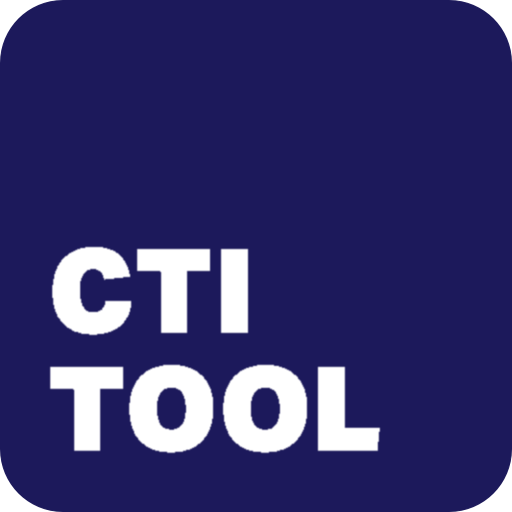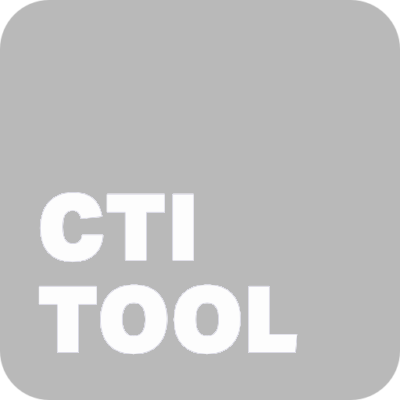Tailor-made circularity software for the fashion industry
Explore which use cases work for you and transform your business

Why adopt circular economy?
Circular fashion economy minimizes waste and maximizes the value of resources throughout product lifecycles. This involves embracing strategies such as designing for durability and longevity, implementing closed-loop systems for material recycling and reuse, promoting rental and sharing models, and fostering a culture of mindful consumption.
- reduce its environmental footprint by conserving resources,
- lower its emissions and minimize waste generation;
- drive innovation & create new revenue streams;
- enhance resilience against supply chain disruptions.
Secure budget and management buy-in now!
Download our powerpoint deck
Explore the stories of leaders in the circular fashion economy
VF Corp
Sun Tekstil
Looking at Sun Tekstil’s approach, who focused on facility level assessments, CTI Tool sets the stage for a robust company-wide circularity baseline score. This is extremely valuable as it allows you to identify risks and opportunities easily and scale best practices across facilities.
CSRD Reporting
With upcoming CSRD reporting standards being enacted, the need for circular economy reporting was never greater. In the last use case we explore how CTI Tool gets you ready to report on ESRS E5, the circular economy part of CSRD.
USE CASE
VF Corp

In the Napapijri use case, VF Corporation aimed to quantify the greenhouse gas emissions reduction achieved by using recycled polyester instead of virgin polyester, focusing on the GHG impact of the material inflow due to changes in design. Here VF learned they could avoid 80% of their carbon emissions by reconsidering- and optimizing material-choices.
Leveraging emissions factors from third-party sources, VF calculated the climate-friendly benefits of recycling polyester by comparing the emissions associated with recycled and virgin polyester for the same weight of material provided.
CTI Tool makes this easy and intuitive for the people involved; whilst at the same time pointing out which materials and suppliers to contact in order to move the needle. The dashboards and reports can then be used to support the conversations with the suppliers and evaluate the best route forward.

USE CASE
Sun Tekstil
The Sun Tekstil use-case leverages facility level assessments to evaluate its performance focusing on CTI’s water- and energy indicators. Showcasing a whopping 95% water recovery rate; helping to reduce local water-stress and enhance water circularity.
In 2022, Sun Tekstil utilized sustainable raw materials for 64% of its products. Measuring the inflow circularity on a facility-level also ensures that the approach is not only insightful, but also quickly scalable. This comprehensive approach to sustainability underscores Sun Tekstil’s commitment to circular economy principles and environmental stewardship throughout its operations.
Leveraging CTI Tool for facility-level assessments is an easy and reliable approach for establishing clarity on company-wide circularity performance fast. Especially with the focus on water and energy indicators, CTI Tool supports the assessments of different facilities and identify improvement opportunities that can be rolled out to other plants.
In addition to water management initiatives, Sun Tekstil is committed to circular design practices and sustainable raw material sourcing. By leveraging the product-as-a-service strategy and integrating eco-design criteria, the company aims to produce high-quality, recyclable, and durable products.

USE CASE
CSRD Reporting

CSRD reporting standards which will be compulsory for a the bigger companies as of next year require you to have a comprehensive understanding of your baseline circularity performance. With CTI Tool it has never been easier getting to that baseline and fulfill the reporting requirements of ESRS E5.(link to https://ctitool.com/using-cti-tool-to-comply-with-esrs-e5-csrd/) Whether you produce within the EU or abroad, chances are you or one of your downstream channel partners fall under the CSRD umbrella and will be required to report a flurry of data points. Now is the time to start your data collection and find where your gaps are.
Whether you opt for a product-based approach that can be scaled up (bottom-up) or prefer to assess your entire organization by dissecting various product groups or business categories (top-down), our kickstarter program with the CTI Tool ensures you are well-prepared to meet reporting requirements and enhance the circularity of your products and operations.
Leveraging CTI Tool for facility-level assessments is an easy and reliable approach for establishing clarity on company-wide circularity performance fast. Especially with the focus on water and energy indicators, CTI Tool supports the assessments of different facilities and identify improvement opportunities that can be rolled out to other plants.
Once you’ve established clarity on your materiality, we offer guidance on the optimal method for organizing different assessments on your dashboard, empowering your team to independently complete the reporting process and set you up with an improvement strategy that can be acted upon straight away.
Contact Roy about kickstarting your first circular project defining your project scope setting your KPIs implementation possibilities
Plan a meeting with Roy
Book a meeting or connect via linkedin
The Circular Transitions Indicators (CTI) framework was developed by WBCSD and 30 of its members. CTI helps companies measure and improve their sustainability performance by providing a simple and sector-agnostic way to measure circularity and giving insights into how to reduce primary resource use and waste generation. Circular IQ’s CTI Tool is the WBCSD endorsed software tool for effectively measuring CTI and leveraging these insights.



